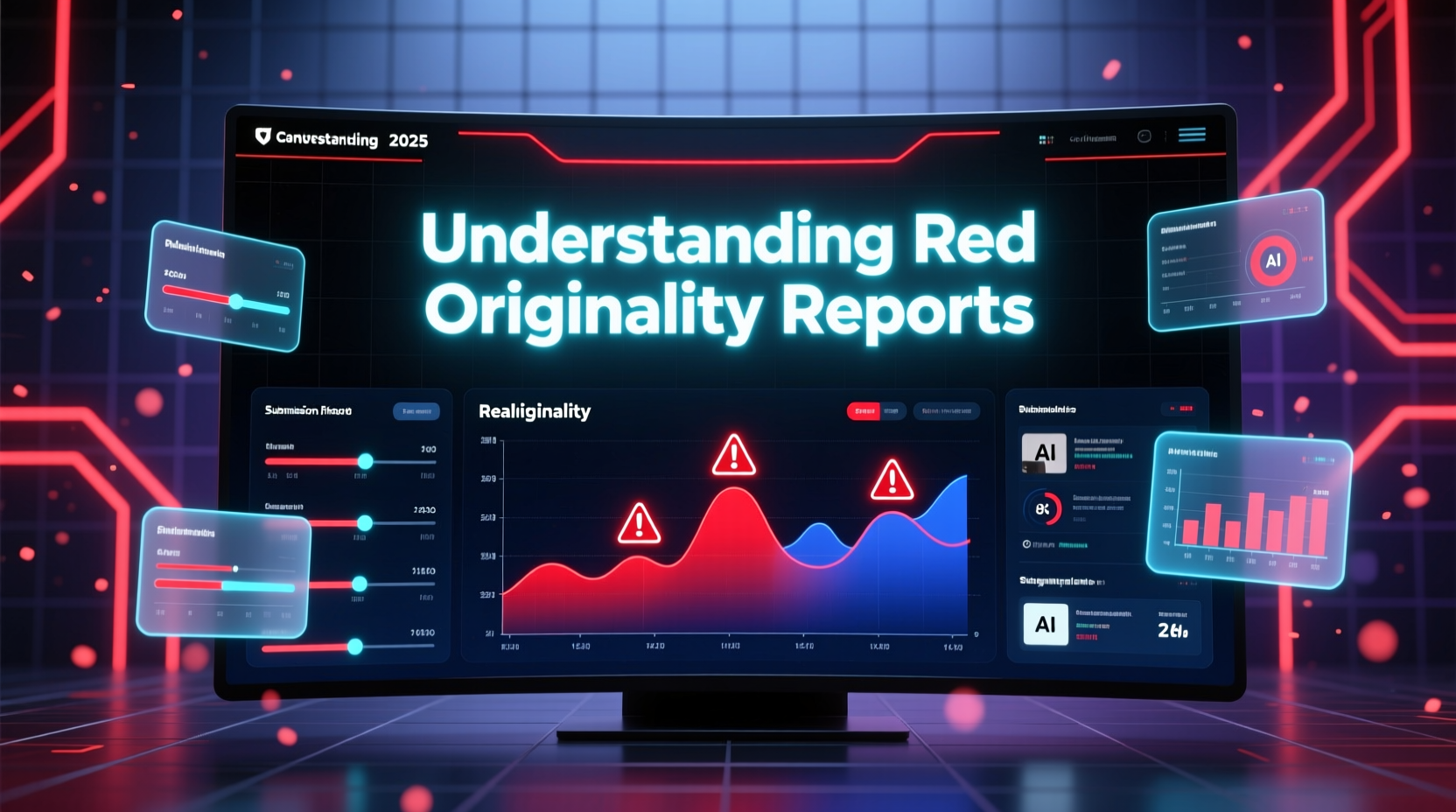Understanding the red originality report on Canvas is vital for maintaining academic integrity. This guide will take you through the importance of this feature, how to effectively use it, and address common questions to ensure that your work meets the required standards.
Introduction
With the rise of digital learning platforms, ensuring academic integrity has become a top priority for both students and educators. Canvas, a widely-used learning management system, offers an invaluable tool known as the originality report. This report checks student submissions for potential plagiarism and helps maintain a fair learning environment. The 'red originality report' on Canvas is particularly noteworthy as it indicates a high similarity to existing sources. Understanding how to interpret this report and take corrective action if needed can help students uphold academic standards and avoid unintentional plagiarism. In this guide, we will explore the steps to efficiently navigate the Canvas originality report and implement best practices for academic honesty.
Step-by-Step Operation Guide
Step 1: Accessing the Originality Report
- Log into your Canvas account and navigate to your course dashboard.
- Locate the assignment for which you want to view the originality report.
- Click on the assignment title to open the detailed view.
- Find the submission area, where you will notice a colored percentage icon.
Step 2: Interpreting the Red Color Code
- The red color indicates a high similarity percentage, usually above 75%.
- Click on the percentage to open the detailed originality report.
- Review the list of sources and the highlighted matches within your document.
- Evaluate whether any of the matches are acceptable due to citations or quoting.
Step 3: Revising the Submission
- If unintentional matches exist, revise your text to reduce the similarity.
- Ensure that all sources are appropriately paraphrased and cited.
- Resubmit your assignment and check the updated originality report to confirm improvements.
FAQ
- What does a 'red' originality report mean? - It indicates a high level of similarity to existing sources, suggesting potential plagiarism.
- How can I reduce my similarity score? - By paraphrasing, quoting properly, and citing sources accurately.
- Is the red color always bad? - Not necessarily. It may include properly cited quotes. Review the report for context.
- Can I view the sources of matched content? - Yes, the originality report lists all matched sources.
- Will my instructors see the same originality score I see? - Yes, instructors have access to the same report and similarity index.
WARNING: Safety Precautions
Always verify the accuracy and completeness of your citations to avoid unintentional plagiarism. Depend solely on the originality report for plagiarism checks might not capture all citation formats needed for your discipline.Information Comparison Tables
| Color | Similarity Range | Action Recommended |
|---|---|---|
| Blue | 0% | No further action required |
| Green | 1-24% | Review for minor citing errors |
| Yellow | 25-49% | Check and refine citations |
| Orange | 50-74% | Re-assess and edit your work |
| Red | 75-100% | Major revision needed |
| Aspect | Importance in Originality Report |
|---|---|
| Similarity Index | Indicates potential plagiarism risk |
| Source Checking | Provides matching sources for reference |
| Highlighting Matches | Visual representation of potential issues |
Conclusion
Navigating the red originality report on Canvas is crucial for safeguarding your academic integrity. By following the steps outlined in this guide, understanding the implications of your similarity score, and making necessary adjustments, you can ensure your submissions are both honest and academically sound. Remember, maintaining integrity in your work is not just about avoiding consequences; it's about committing to your education and ethical growth.











 浙公网安备
33010002000092号
浙公网安备
33010002000092号 浙B2-20120091-4
浙B2-20120091-4